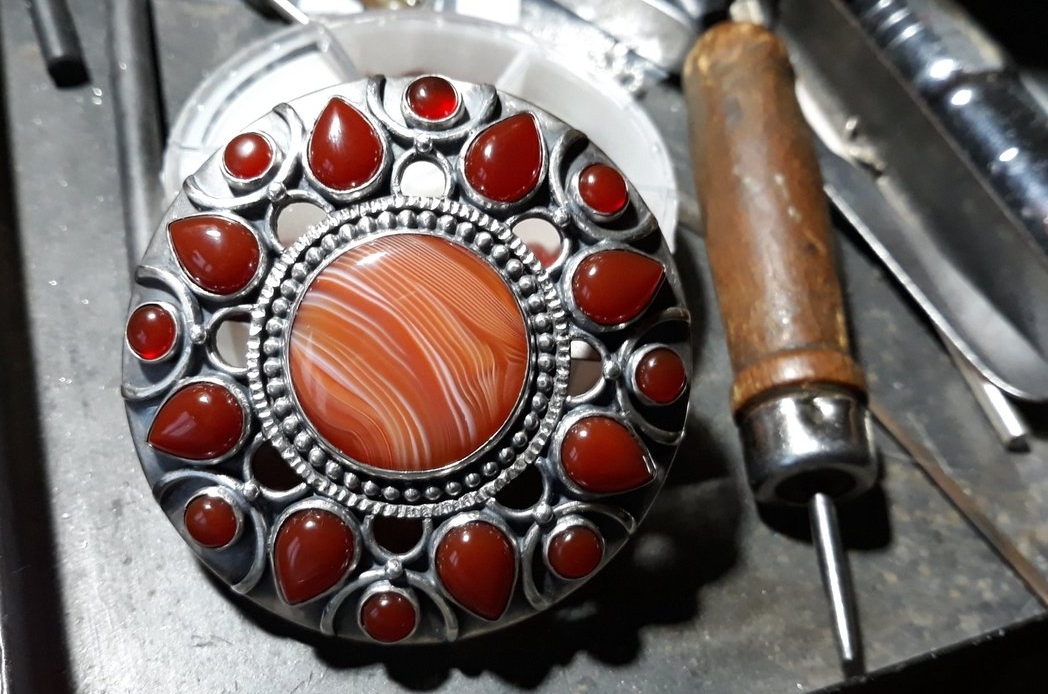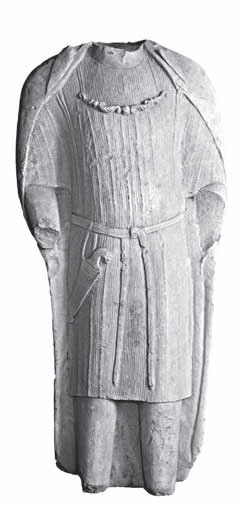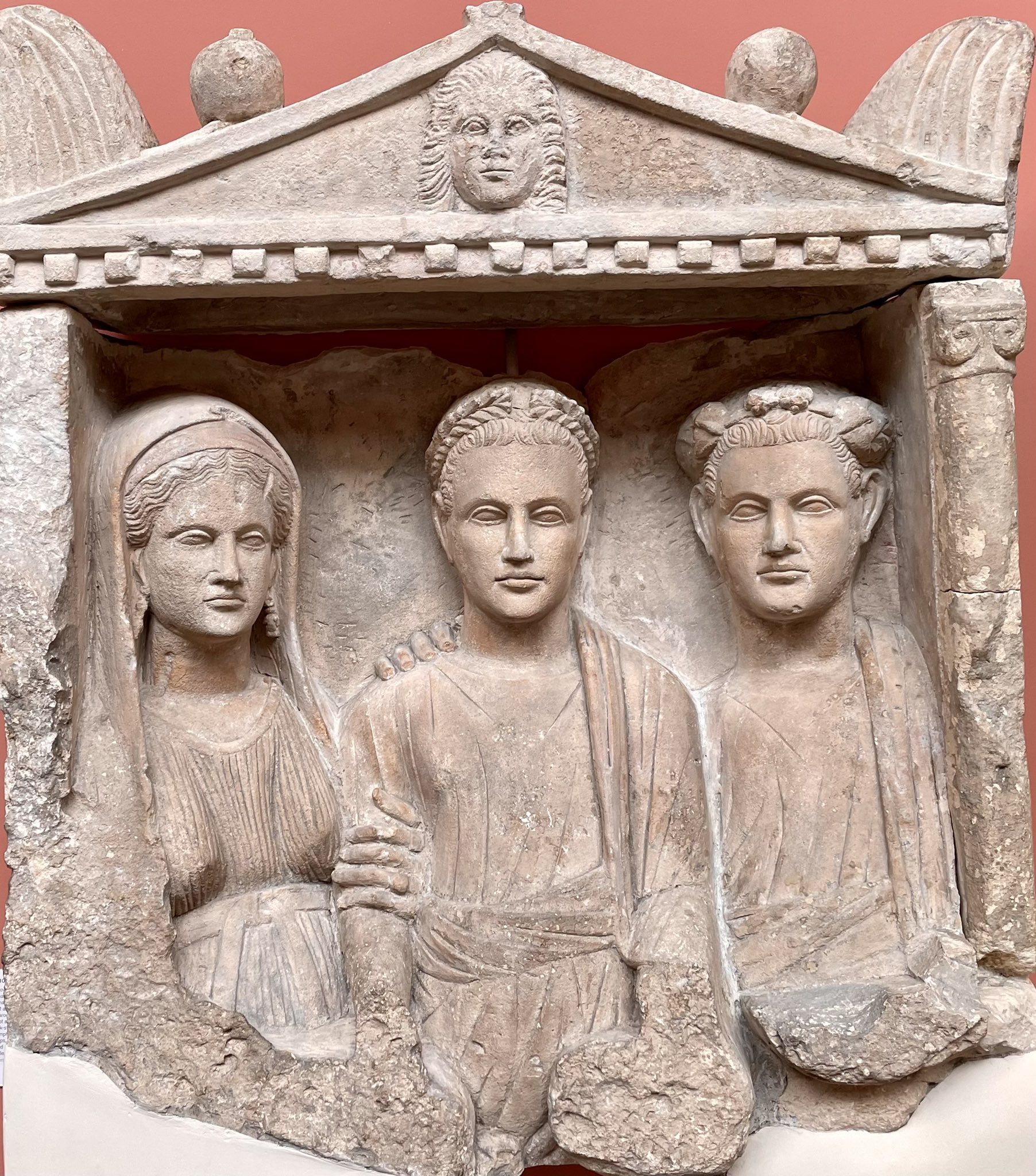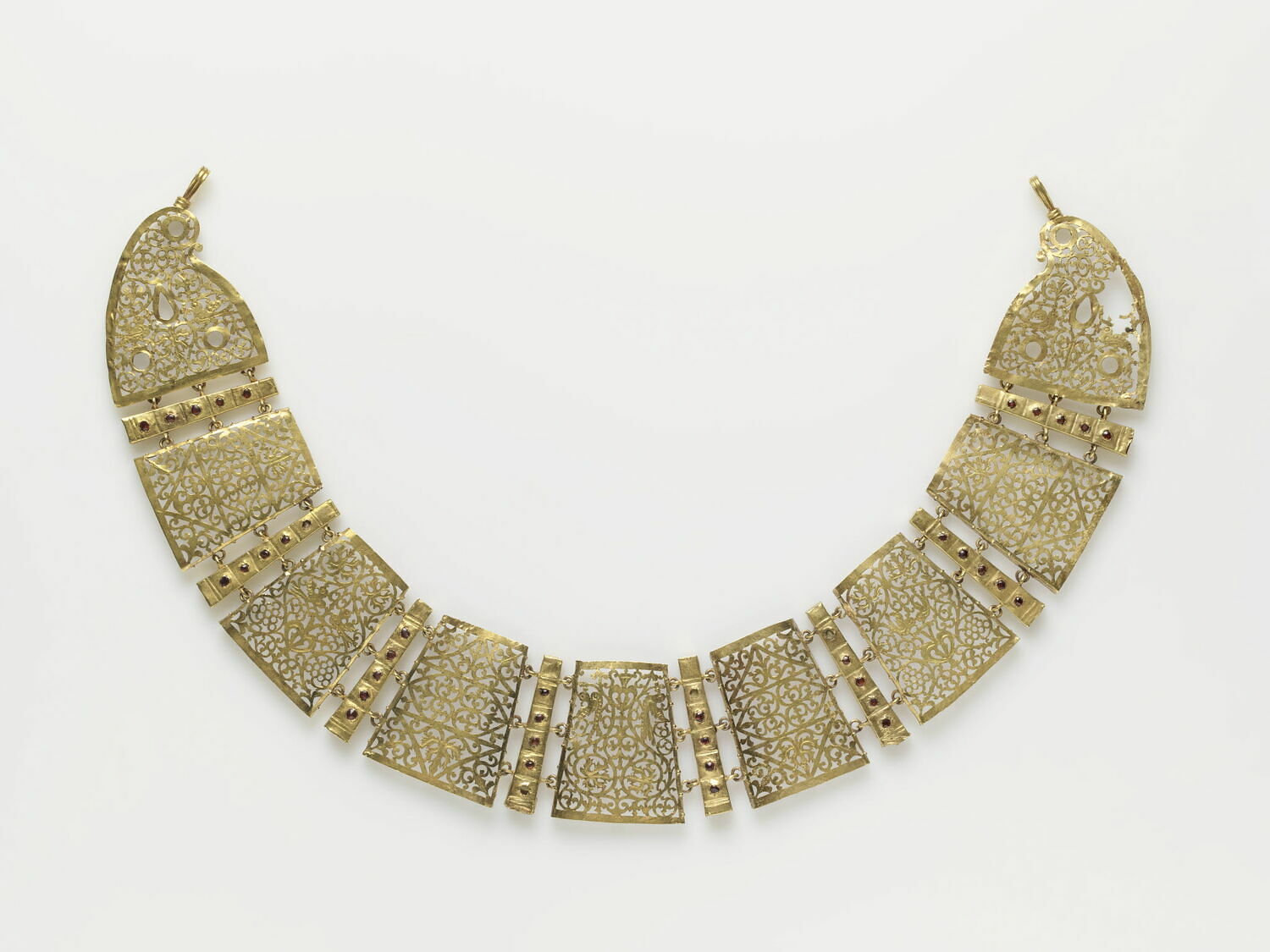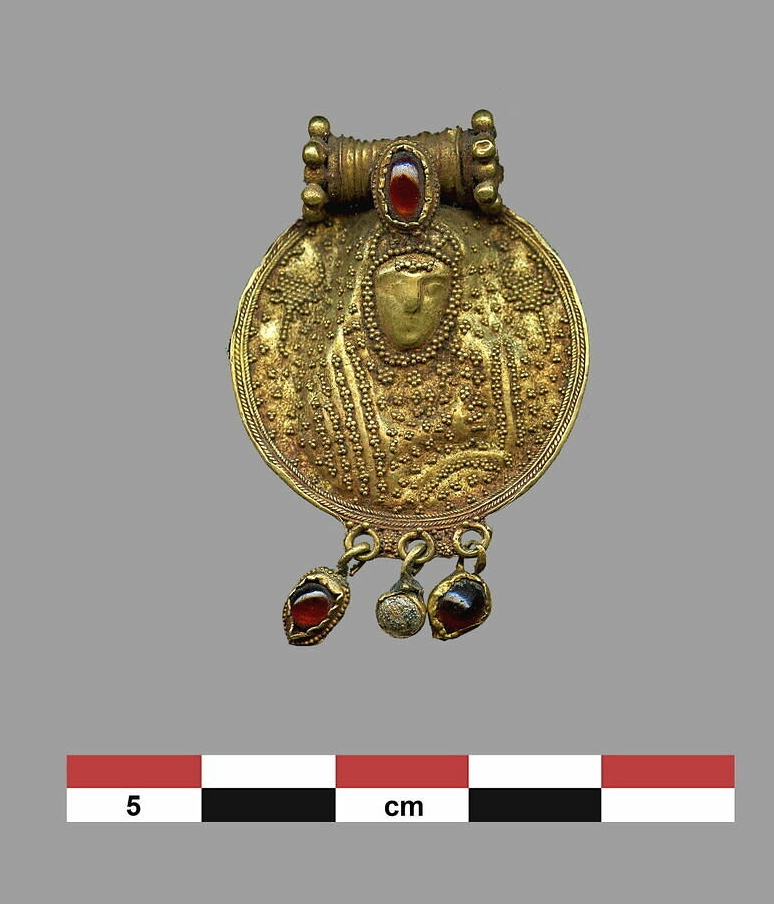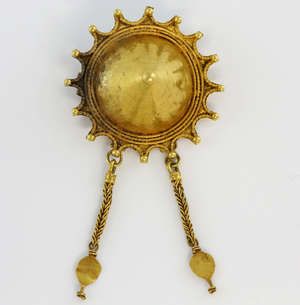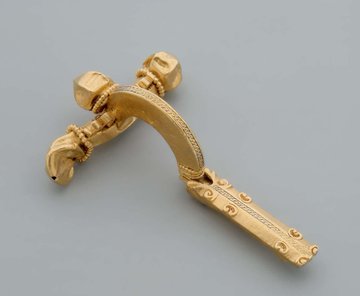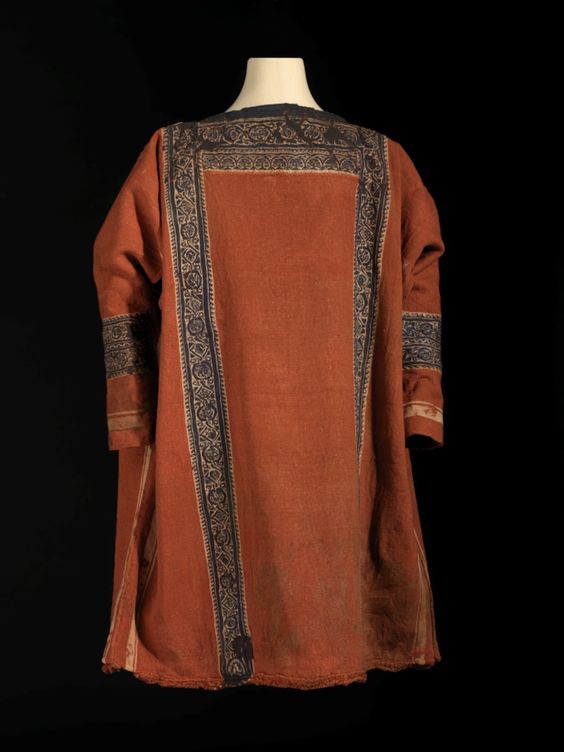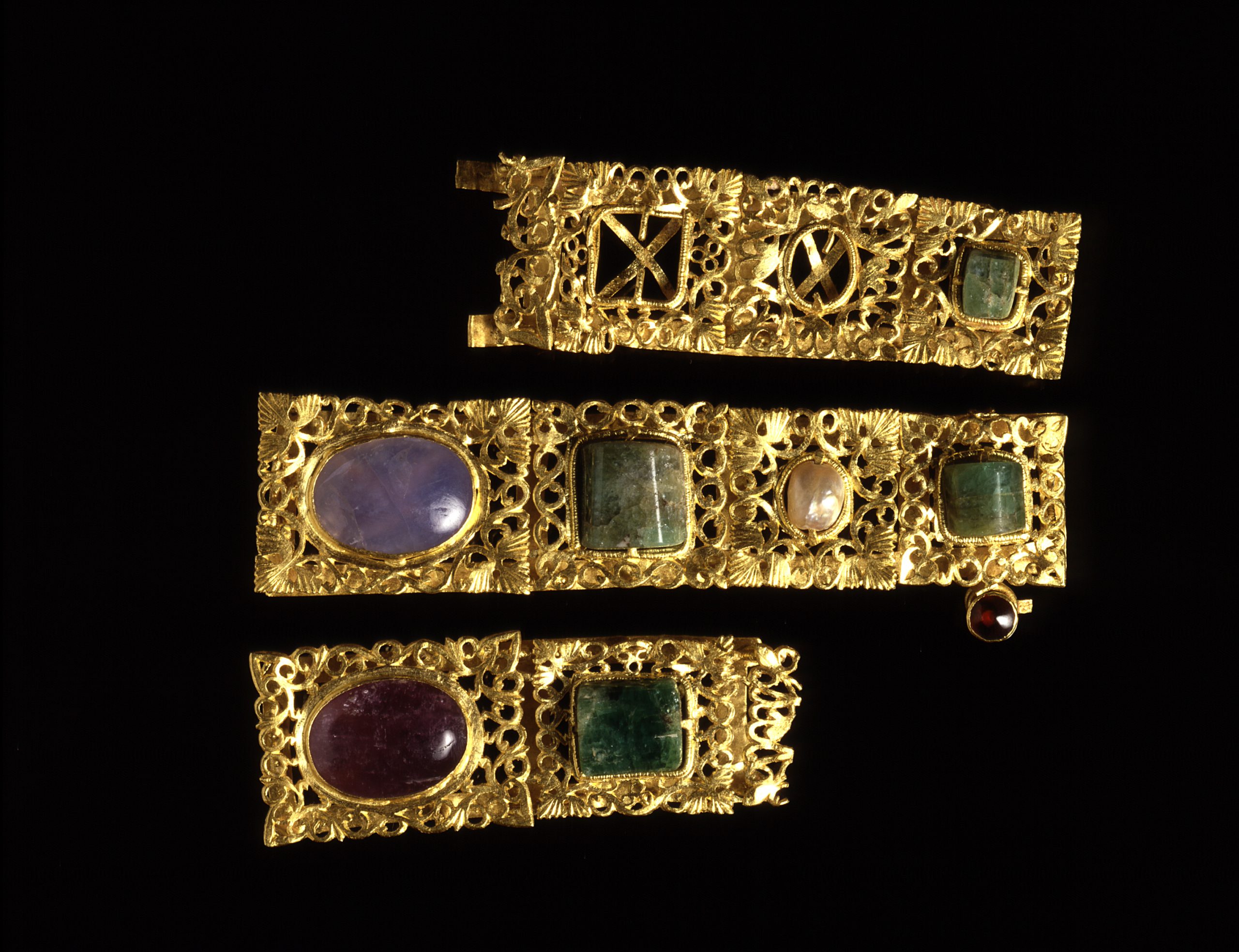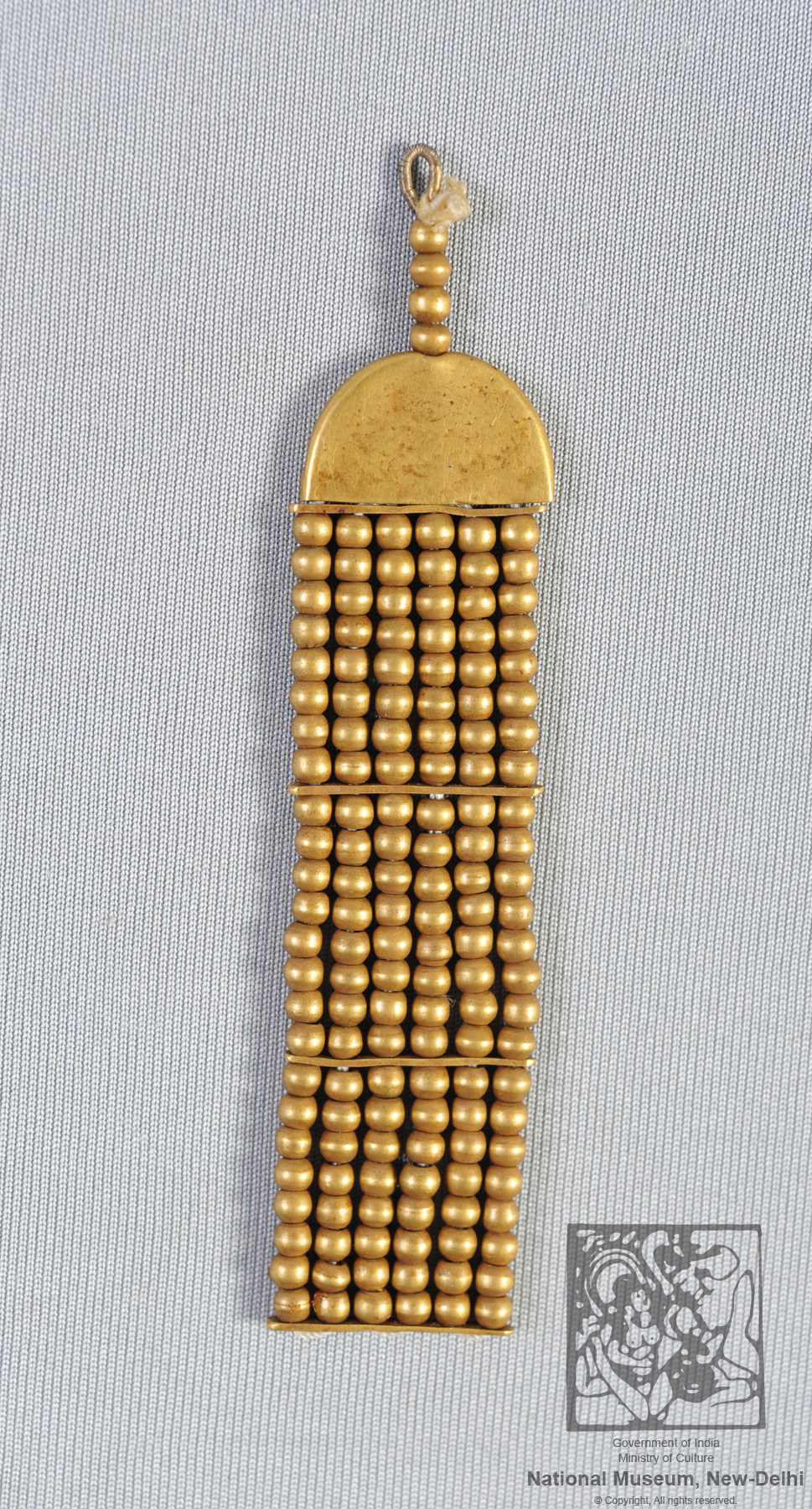Paphos, Cyprus. Excavations lead by Polish Archaeological mission, Warsaw University.
Mosaic from the House of Aion, panneau with the trial of Marsyas

source https://www.unesco.nl/nl/erfgoed/paphos

Photo source

https://www.archaeology.wiki/blog/2020/10/02/the-roman-mosaic-from-the-house-of-aion-in-paphos/

Photo source https://dtcox.com/report-on-cyprus
Aphrodite Urania and Aphrodite Pandemos Circa ca. 100 – 300 CE. The statuettes were found by Polish archaeologists in Room 18 of the “Villa of Theseus” in Nea Paphos, during excavations in 1966-1967, they are held in the Paphos Archaeological Museum, Cyprus.
Dual statue of Aphrodite Urania, (with a starry cloak) and Aphrodite Pandemos (or possibly Aphrodite Chthonia) represents celestial and earthly love.
UW Nea Pafos booklet http://www.old.pcma.uw.edu.pl/fileadmin/template/main/file/Nea_Paphos_50years/Nea_Paphos_booklet.pdf
- https://www.cyprusisland.net/attractions/paphos-archaeological-park-nea-paphos
- Pafos Mosaics (Paphos) https://www.cyprusalive.com/en/location/pafos-mosaics
- UNESCO website https://www.unesco.nl/nl/erfgoed/paphos
- Nea Papfos , Polish Mission, UW https://pcma.uw.edu.pl/2017/11/17/nea-pafos/
